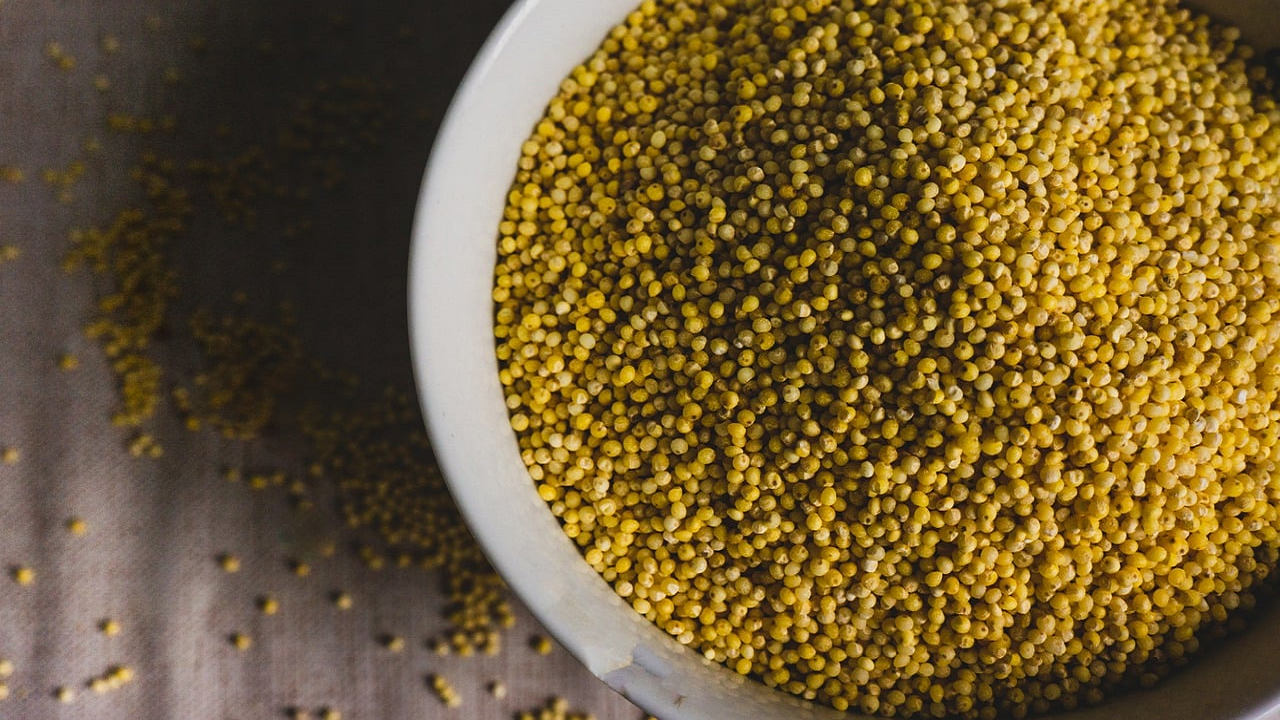
Growing millets in India can be a rewarding and sustainable agricultural practice. Millets are nutritious and versatile crops that are well-suited to the Indian climate and can contribute to food security. Here's a step-by-step guide on how to grow millet in India.
Step 1: Select the Millet Variety
There are several types of millet grown in India, such as finger millet (ragi), pearl millet (bajra), foxtail millet, and little millet. Choose a variety that is well-adapted to your specific region's climate and soil conditions. Consider factors like rainfall, temperature, and pest resistance.
Step 2: Soil Preparation
Prepare the soil well in advance to provide a suitable growing environment for millets. They prefer well-drained sandy loam or loamy soils. Conduct a soil test to determine its fertility and pH level. Millets generally grow well in slightly acidic to neutral soil (pH 6.0-7.5). Add organic matter like compost or well-rotted manure to improve soil fertility and structure.
Step 3: Seed Selection and Sowing
Procure high-quality seeds from a reliable source. Clean the seeds to remove any impurities. The sowing method depends on the millet variety. For pearl millet and finger millet, use the broadcasting method, spreading seeds evenly across the prepared field. For other millets like foxtail and little millet, line sowing or dibbling methods can be used, where seeds are sown in rows or pits at specified intervals.
Step 4: Irrigation
Provide adequate water to support germination and subsequent growth. Millets are relatively drought-tolerant, but proper irrigation during critical stages ensures optimal yield. The water requirement varies depending on the variety and stage of growth. Generally, provide light irrigation immediately after sowing and subsequent irrigations at regular intervals based on soil moisture conditions.
Step 5: Weed Control
Weed competition can significantly affect millet growth. Timely and effective weed control measures are necessary. You can manually remove weeds by hand-weeding or use mechanical methods like hoeing or ploughing. Mulching the soil with organic matter or using weed control mats can also suppress weed growth.
Step 6: Fertilizer Application
Millets have low to medium nutrient requirements. Conduct a soil test to determine the specific nutrient deficiencies and apply fertilizers accordingly. Generally, apply well-decomposed organic manure or compost before sowing or during land preparation. Additionally, a balanced NPK fertilizer can be applied in split doses during the growth stages based on soil test recommendations.
Step 7: Pest and Disease Management
Monitor the crop regularly for pests and diseases. Common pests affecting millets include stem borers, shoot flies, armyworms, and bird attacks. Employ integrated pest management practices, such as biological control agents, cultural practices, and selective pesticide application if necessary. For diseases, maintain good field sanitation, practice crop rotation, and use disease-resistant varieties when available.
Step 8: Harvesting
Millets are ready for harvest when the grains have reached maturity and have turned golden brown or straw-coloured. Harvesting time varies depending on the variety. For finger millet, harvest when the grains become hard and the panicles start to droop. For pearl millet, harvest when the grains are firm and dry. Cut the crop close to the ground using a sickle or scythe and gather the harvested crop.
Step 9: Threshing and Processing
Thresh the harvested millet crop to separate the grains from the chaff. Traditional methods include trampling the harvested crop or beating it with sticks, or you can use mechanical threshing machines for larger quantities. Winnow the threshed material to remove the lighter chaff and impurities. Store the cleaned millet grains in a cool and dry place to maintain their quality.
Growing millets in India can contribute to sustainable agriculture, food security, and income generation. By following these steps, you can cultivate millets successfully and contribute to the overall well-being of the agricultural ecosystem.
















